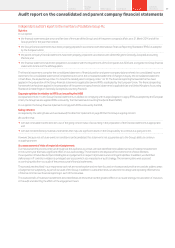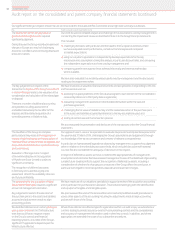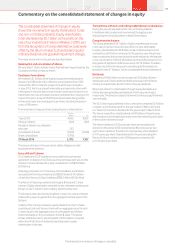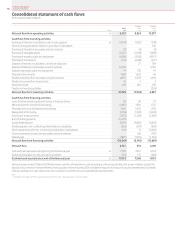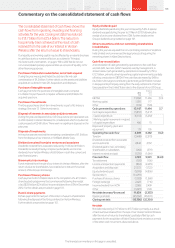Vodafone 2014 Annual Report Download - page 95
Download and view the complete annual report
Please find page 95 of the 2014 Vodafone annual report below. You can navigate through the pages in the report by either clicking on the pages listed below, or by using the keyword search tool below to find specific information within the annual report.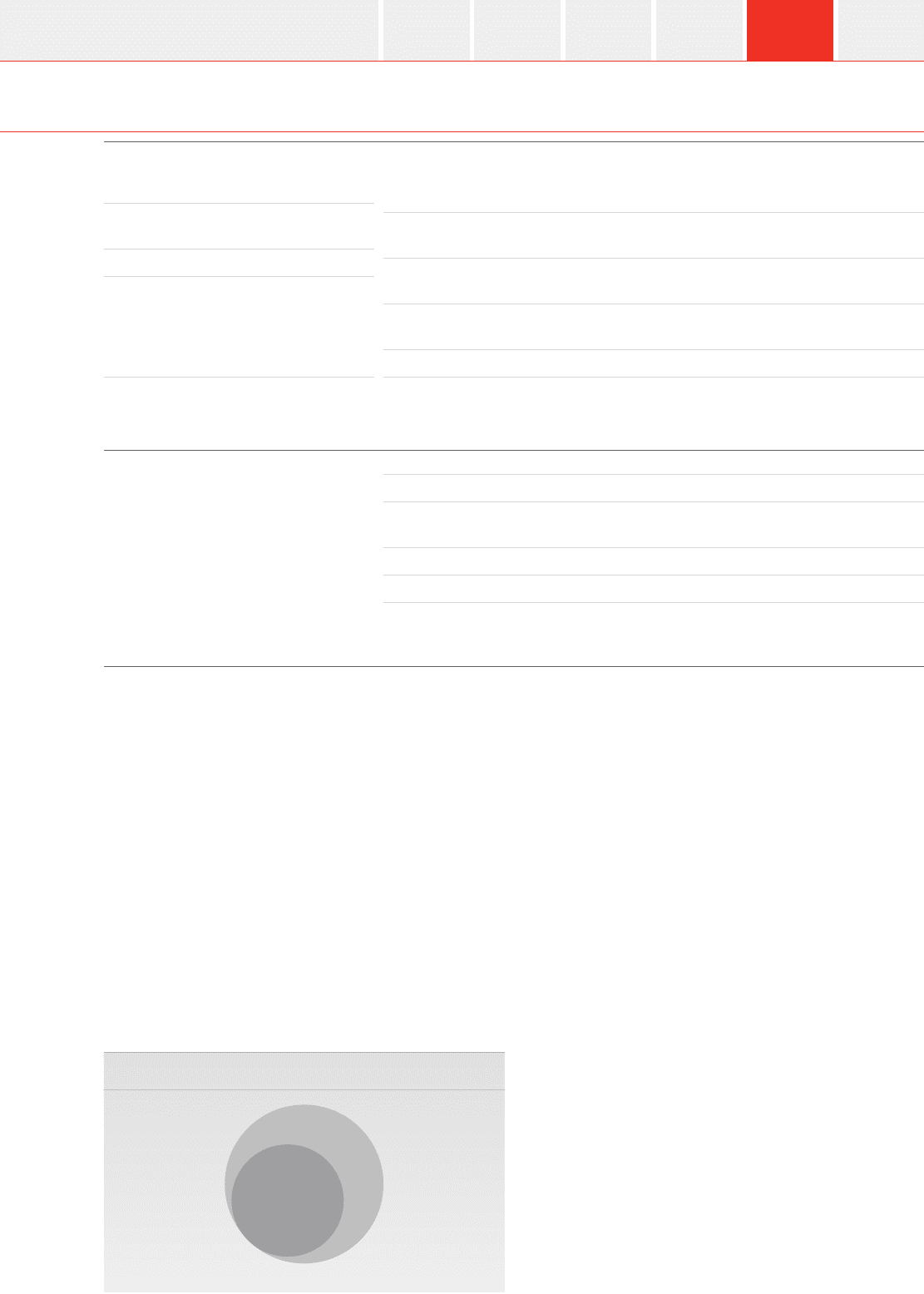
We have identied three critical judgement
areas in relation to revenue recognition and the
associated presumption of fraud risk, namely:
a accounting for new products and tariff plans,
including multiple element arrangements;
a the timing of revenue recognition; and
a the accounting judgements associated with
dealer and agency relationships including
the presentation of revenue on a net or gross
basis and the treatment of discounts,
incentives and commissions.
We have provided component audit teams with detailed instructions regarding the audit of
revenue, which is performed as part of each full scope and statutory audit at component level.
Our approach included both controls testing and substantive procedures covering, in particular:
a audit of the switch to bill process to assess the revenue and costs accruals made at the
year end;
a testing of the process for capturing and assessing the accounting impact of new tariff plans,
combined with substantive testing of a sample of related transactions;
a scrutinising a sample of dealer and agency contracts and the associated accounting
assessments; and
a testing of the controls around the signicant revenue and billing systems by our IT specialists.
In addition to these procedures performed locally, we review the results of their work and attend
the full scope audit close meetings; we also perform a detailed review to check that the Group
accounting policies for revenue recognition comply with IFRS.
The continued threatened and actual legal,
regulatory and tax cases brought against the
Group, and the high level of judgement required
to establish the level of provisioning, increases
the risk that provisions and contingent liabilities
may not be appropriately provided against or
adequately disclosed.
Due to the lower materiality level applied in our
audit for the year ended 31 March 2014 this
is now considered a risk that has a signicant
impact on our audit strategy.
In responding to this risk, our key audit procedures included:
a testing key controls surrounding litigation, regulatory and tax procedures;
a meeting with management in each of the signicant local markets and review of subsequent
Group correspondence;
a meetings with the Group litigation, regulatory and tax teams;
a meetings with regional management; and
a circularisation of legal letters to relevant third party legal representatives and direct discussion
regarding any material cases;
The Audit and Risk Committee’s consideration of these risks is set out on page 62.
Our audit procedures relating to these matters were designed in the context of our audit of the nancial statements as a whole, and not to express
an opinion on individual accounts or disclosures. Our opinion on the nancial statements is not modied with respect to any of the risks described
above, and the ndings we described do not express an opinion on these individual matters.
Our application of materiality
We dene materiality as the magnitude of misstatement in the nancial statements that makes it probable that the economic decisions
of a reasonably knowledgeable person would be changed or inuenced. We use materiality both in planning the scope of our audit work and
in evaluating the results of our work.
We determined materiality for the Group to be £250 million, which is below 5% of adjusted prot before tax, below 5% of statutory loss before tax
and below 1% of equity. Prot before tax has been adjusted for separately disclosed items, notably impairment charges and the trading results
of Verizon Wireless prior to its classication as a discontinued operation. We consider this adjusted measure to be a key driver of business value and
a focus for shareholders. Materiality is lower than for the year ended 31 March 2013 primarily as a result of the disposal of Verizon Wireless.
The Audit and Risk Committee requested that we include in our audit report all identied unadjusted audit differences in excess of £5 million, as well
as differences below that threshold that, in our view, warranted reporting on qualitative grounds. We also report to the Audit and Risk Committee
on the disclosure matters that we identied when assessing the overall presentation of the nancial statements.
Total unadjusted audit differences reported to the Audit and Risk Committee would have increased loss before tax by £24 million, decreased net
assets by £18 million and increased opening equity by £6 million.
Materiality (£m)
500
250
n 2013 n 2014
Vodafone Group Plc
Annual Report 2014 93Overview
Strategy
review Performance Governance Financials
Additional
information










